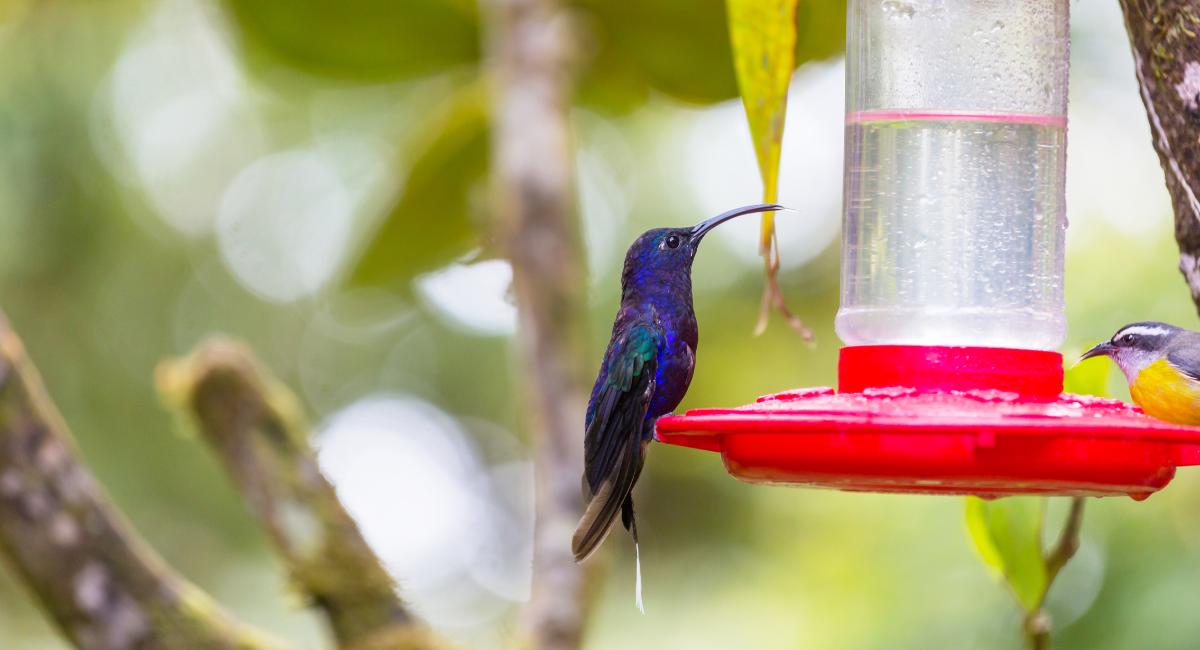Last Updated on August 21, 2023 by Kravelv Spiegel
Protecting your property from pest birds requires a combination of proactive planning, ongoing maintenance, and a commitment to humane solutions. Fortunately, there are numerous humane and effective strategies you can employ to keep pest birds away from your property and prevent costly damage. Here are variety of methods to help you maintain a bird-friendly environment without compromising the integrity of your property.
Identify the Culprits
Before implementing any preventative measures, it’s important to identify the specific types of birds causing issues on your property. Different bird species exhibit varying behaviors, and understanding their habits will help you choose the most appropriate strategies. Common pest bird control includes pigeons, sparrows, starlings, and seagulls.
Remove Food Sources
Food is a major attractant for pest birds. To discourage them, keep all potential food sources properly contained. Seal trash cans securely and consider using bird-proof feeders for pets or other animals. If you have fruit-bearing trees or vegetable gardens, promptly clean up fallen produce to prevent birds from feasting on them.
Utilize Bird Repellents
There are various pest bird control options available, ranging from visual deterrents to auditory ones. Some effective methods include:
Visual Deterrents: Reflective tape, scare balloons, and fake predators (such as plastic owls or hawks) can deter birds by creating an environment that appears unsafe.
Auditory Deterrents: Devices that emit distress calls or predator sounds can effectively deter birds from settling on your property. However, it’s important to regularly change the sounds to prevent birds from becoming accustomed to them.
Ultrasonic Devices: Ultrasonic sound emitters produce frequencies that are uncomfortable for birds but typically inaudible to humans. These can be effective in keeping birds away without bothering people.
Netting and Exclusion Devices
Physical barriers like netting, spikes, and screens can prevent birds from accessing specific areas of your property. Netting is particularly useful for larger areas where birds might roost or nest, while spikes can be installed on ledges or flat surfaces where birds tend to perch.
Create Unwelcoming Surfaces
Birds prefer flat, open surfaces where they can perch easily. By making surfaces uncomfortable, you can discourage them from landing. Some methods include installing slanted boards or applying tactile deterrents like sticky substances (make sure they’re not harmful to the birds) that make landing undesirable.
Regular Maintenance
Consistent maintenance of your property can help reduce the appeal to pest birds. Keep your property clean and free of debris that might attract them. Regularly check for and remove any nests that might be under construction, and address any water sources that might be attracting birds for drinking or bathing.
Plant Selection and Landscaping
Strategically selecting plants that don’t provide easy perching or nesting opportunities can help deter pest birds. Thorny bushes, dense shrubs, and tall grasses can make your property less inviting to birds seeking shelter.
Professional Help
If your bird problem is particularly severe or persistent, consider seeking the assistance of professionals who specialize in bird control. They can assess your property, recommend the most suitable strategies, and implement them effectively.
Implement a Scare Rotation
Birds can become accustomed to constant threats and deterrents. To prevent this adaptation, periodically change the location and type of deterrents you’re using. This will keep the birds guessing and make it more difficult for them to become comfortable on your property.
Practice Humane Solutions
When implementing bird control strategies, it’s crucial to prioritize humane methods. Avoid any methods that could cause harm to the birds, such as lethal traps or poisons. Instead, focus on strategies that simply discourage birds from roosting, nesting, or feeding on your property.
Implement Habitat Modification
By altering the physical environment of your property, you can make it less suitable for pest birds. For example, eliminating any standing water sources can discourage birds from congregating for drinking and bathing. Additionally, using reflective surfaces like mirrors or shiny objects can disorient birds and deter them from landing.
Scare Tactics and Visual Deterrents
As pest birds become accustomed to static deterrents, employing dynamic scare tactics can be effective. These tactics involve periodically changing the placement and type of visual deterrents, such as hanging reflective objects that move with the wind or using motion-activated devices that mimic predators.
Use Bird-Proofing Devices
Bird-proofing devices, such as bird netting and bird spikes, can be installed to physically block birds from accessing specific areas. Bird netting is especially useful for covering larger areas like gardens, while bird spikes can be placed on ledges, beams, and other surfaces where birds tend to perch.
Final thoughts
Preventing pest birds from causing damage to your property requires a combination of strategic planning, consistent maintenance, and humane deterrents. By identifying the specific birds causing issues and tailoring your approach to their behaviors, you can create an environment that discourages them from settling on your property. From utilizing visual and auditory deterrents to implementing physical barriers and selecting bird-unfriendly plants, these strategies can help you maintain a harmonious balance between nature and your property’s well-being.

